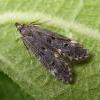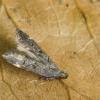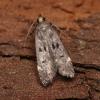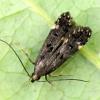35.025 Dichomeris alacella (Zeller, 1839)
Status and Distribution
Formerly scarce with indications of a general increase in its distribution and numbers during the first decade of the 21st century. Occurs locally in southern and eastern England from Somerset to Norfolk, south-east Wales and the Channel Islands. There are single old records from Warwickshire and Yorkshire; the latter may require confirmation. Absent from south-west England, most of Wales, Scotland, Northen Ireland and Ireland.
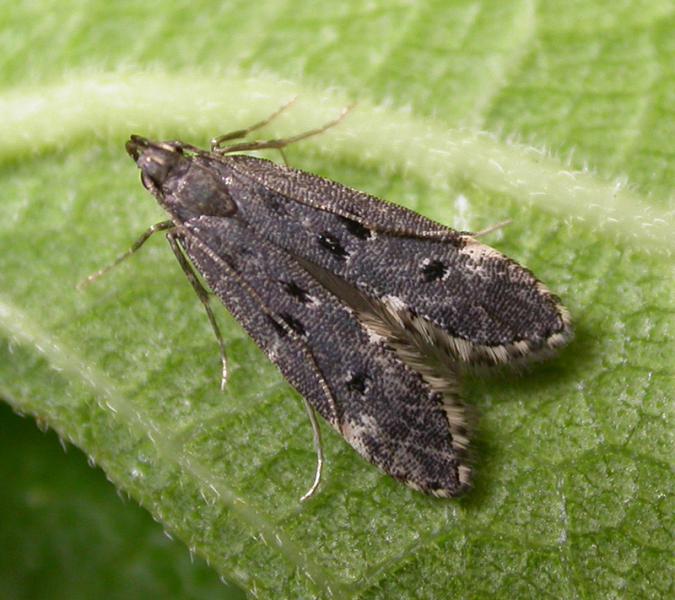
Provisional map
Foodplant and Larval Feeding Signs
Said to feed on lichens on tree trunks although this reference appears to relate to observations in Europe in the first half of the 19th century and subsequently repeated by Stainton, Meyrick, Emmet and Langmaid. A reference to the larva having been found in Britain has, so far, not been located.
Habitat
Woodland, with a suggestion it is associated with ancient broad-leaved woodland.
Finding the Moth
Larva: feeding signs might be found on lichens on the trunks of mature broad-leaved trees in old woodland or on the trunks of long-established fruit trees.
Adult: rests on tree-trunks by day and comes to light and sugar by night.
Similar Species
Superficially similar to the two Neofriseria species but can be readily distinguished by the pale-tipped brownish-black labial palps and the forewings which are more pointed and have obvious pale creamy-white patches beyond each of the three prominent black stigmata.
Single brooded, flying in July and August.

